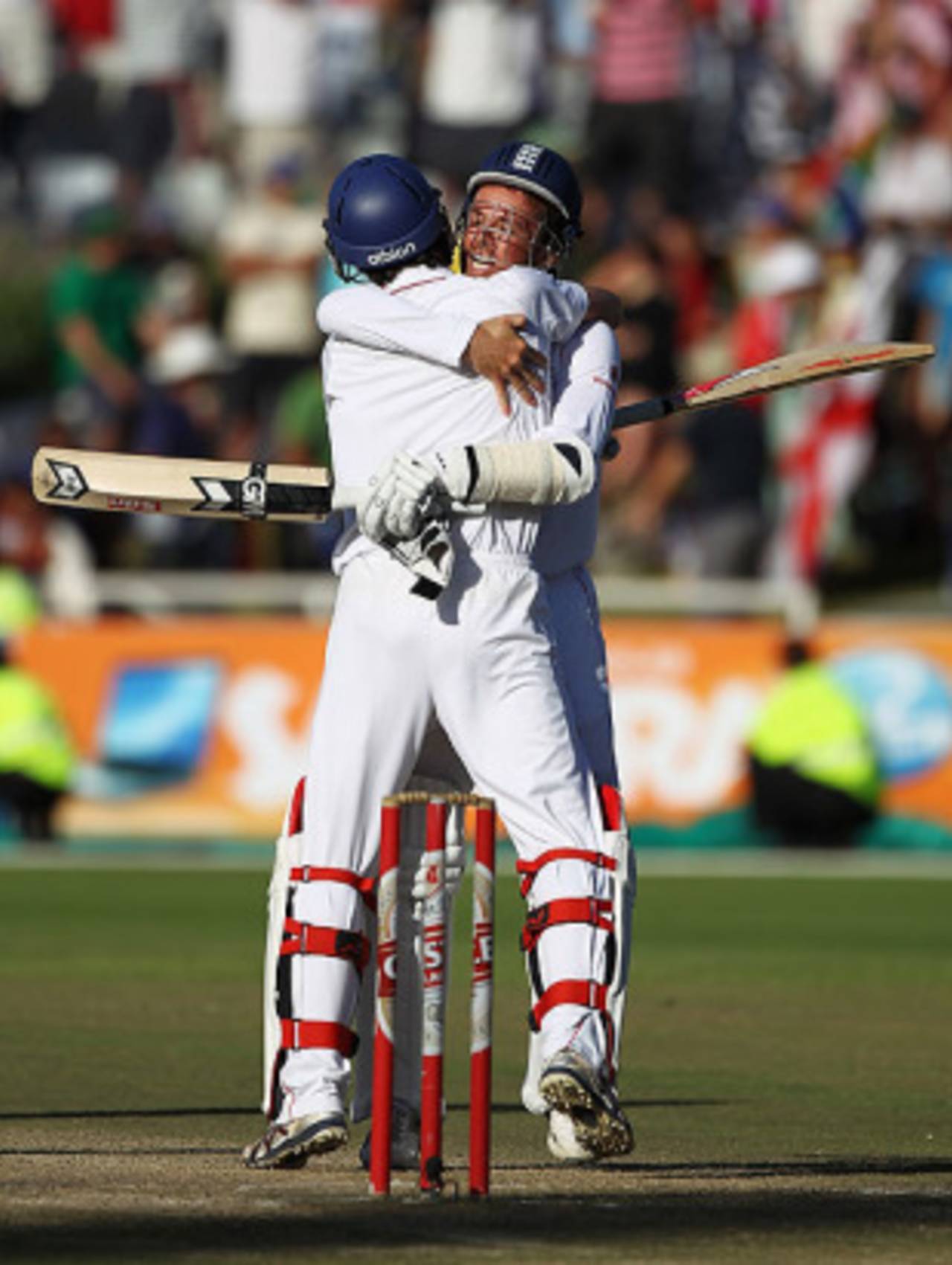Test cricket strikes again
For all the pulsating, crowd-pleasing action they generate, fluctations in Test matches are beyond one-innings matches that remain limited in more than just the number of overs available

Graham Onions and Graeme Swann complete England's third great escape in eight Tests • Getty Images
Tony Cozier has written about and commentated on cricket in the Caribbean for nearly 50 years